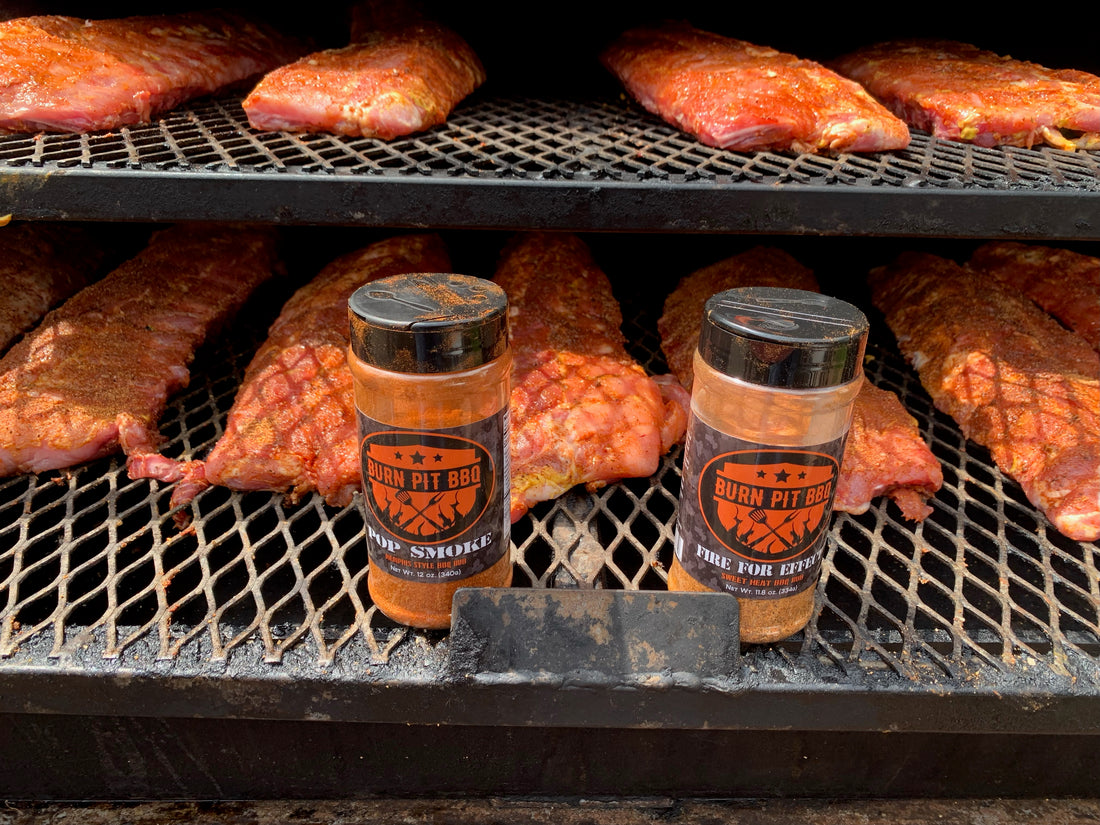
The Ultimate Guide to Smoking Meat: Tips, Techniques, and Mouth-Watering Recipes
Share
The Ultimate Guide to Smoking Meat: Tips, Techniques, and Mouth-Watering Recipes
Welcome to our BBQ and grilling blog, where we bring you the best tips, techniques, and recipes to elevate your backyard cooking game. Today, we’re diving into the art of smoking meat – a time-honored tradition that transforms ordinary cuts into flavorful masterpieces. Whether you’re a novice or a seasoned pitmaster, this guide will help you master the smoky goodness that everyone craves. Let’s fire up those smokers and get started!
Listen to our Podcast for more grilling and bbq-ing topics!
Why Smoke Meat?
Smoking meat is more than just a cooking method; it's a culinary experience. Here’s why you should consider smoking your meat:
- Flavor: The smoky aroma and taste are unparalleled.
- Tenderness: Low and slow cooking breaks down collagen, resulting in juicy, tender meat.
- Versatility: You can smoke a wide variety of meats, from brisket to fish, each offering unique flavors.
Essential Equipment for Smoking Meat
Before we delve into the techniques and recipes, let’s ensure you have the right equipment:
- Smoker: Choose from offset smokers, electric smokers, pellet smokers, or charcoal smokers based on your preference and experience level.
- Thermometer: An accurate meat thermometer is crucial to monitor internal temperatures.
- Wood Chips/Chunks: Different woods impart different flavors. Popular options include hickory, applewood, cherry, and mesquite.
- Charcoal: If you’re using a charcoal smoker, opt for high-quality, natural lump charcoal.
Preparing the Meat
Proper preparation is key to a successful smoke:
- Trimming: Trim excess fat to avoid flare-ups and ensure even cooking.
- Seasoning: Apply a dry rub or marinade. Dry rubs are preferred for a good bark, while marinades can add extra moisture and flavor.
- Resting: Allow the meat to sit at room temperature for 30-60 minutes before smoking.
The Smoking Process
- Preheat Your Smoker: Aim for a temperature between 225°F and 250°F. Consistency is key.
- Add Wood Chips/Chunks: Soak wood chips in water for about 30 minutes before adding them to your smoker. This ensures a slow, steady smoke.
- Place the Meat: Position the meat on the grates, leaving space around each piece for even air circulation.
- Monitor and Maintain: Keep an eye on both the smoker temperature and the meat's internal temperature. Adjust vents and add fuel as needed.
Smoking Times and Temperatures
Different meats require different smoking times and temperatures. Here’s a handy reference:
- Beef Brisket: Smoke at 225°F for 1-1.5 hours per pound until internal temperature reaches 195°F.
- Pork Shoulder: Smoke at 225°F for 1.5-2 hours per pound until internal temperature reaches 195°F.
- Ribs: Smoke at 225°F for 5-6 hours until internal temperature reaches 180-190°F.
- Chicken: Smoke at 250°F for about 4 hours until internal temperature reaches 165°F.
- Fish: Smoke at 225°F for 1.5-2 hours until internal temperature reaches 145°F.
Troubleshooting Common Issues
- Dry Meat: Ensure you’re not overcooking. Wrap meat in foil during the smoking process to retain moisture (known as the Texas Crutch).
- Bitter Flavor: This can result from using too much wood. Start with a small amount and adjust based on taste.
- Inconsistent Temperature: Check for air leaks in your smoker and make sure vents are properly adjusted.
Mouth-Watering Smoked Meat Recipes
Here are some tried-and-true recipes to get you started:
Final Thoughts
Smoking meat is a rewarding process that requires patience and practice. By following these tips and recipes, you’ll be well on your way to becoming a backyard BBQ hero. Keep experimenting with different woods, rubs, and meats to discover your signature smoke flavor. Happy smoking!
For more BBQ tips and recipes, subscribe to our blog and follow us on social media. Share your smoking triumphs with us – we love seeing your culinary creations!
